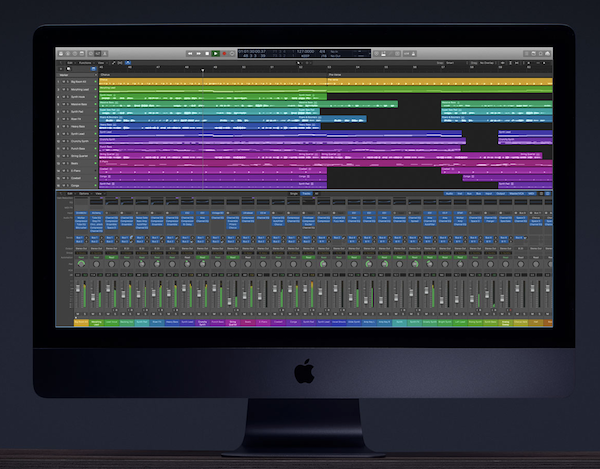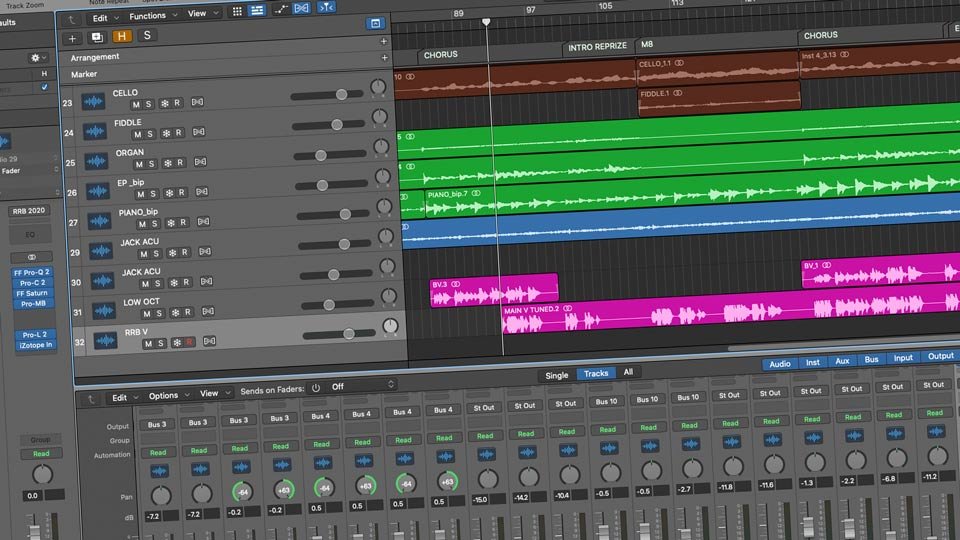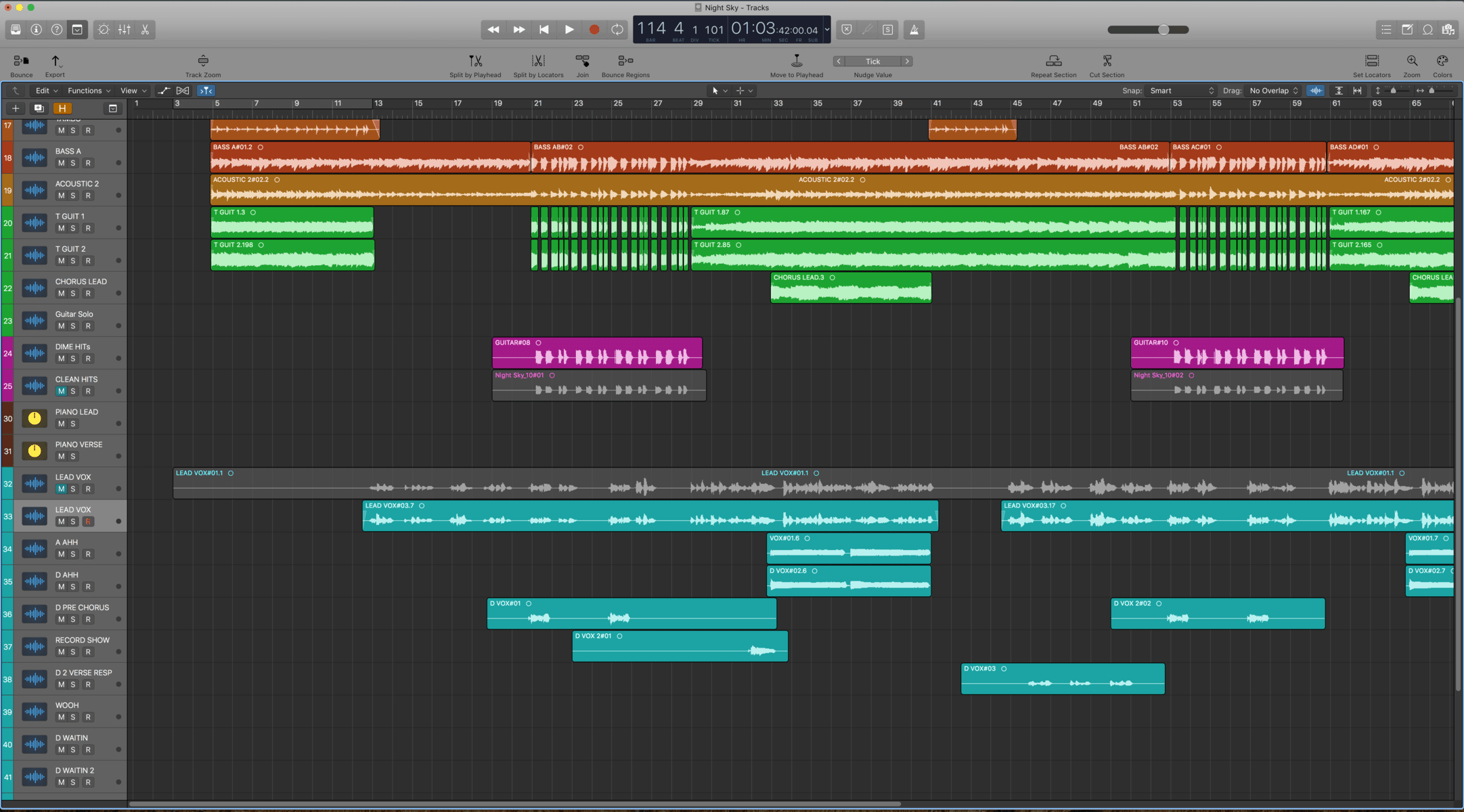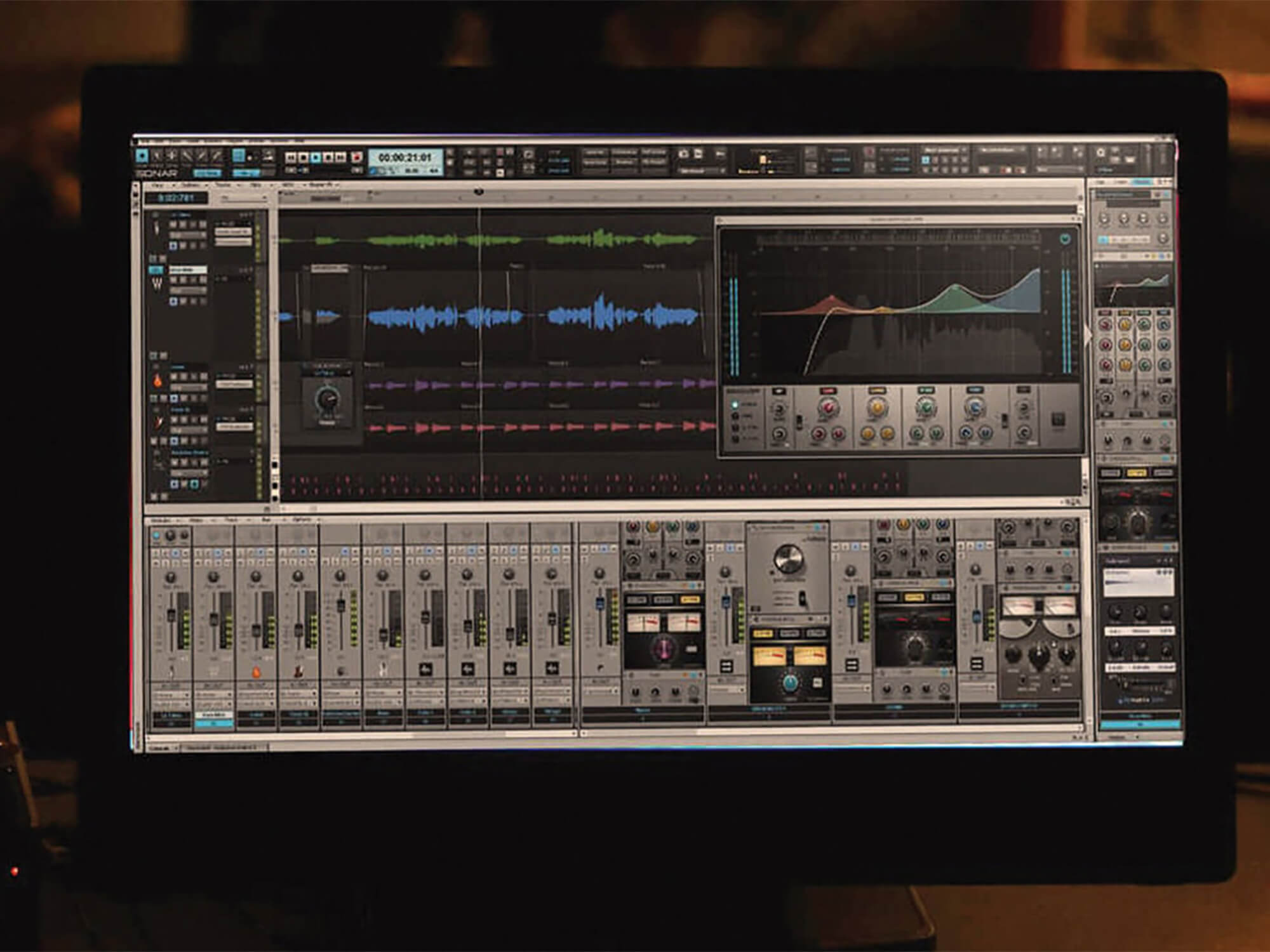

The DAW really puts the customer first, with just a 20 MB download size and consistent free updates. While the DAWs on this list have all so far been fairly expensive, REAPER offers a $60 alternative that can still keep up with the competition. What sets it apart from other DAWs offering similar features (like Max) is the incredibly simple user-interface. Included is a range of 150 modules that can be configured in an open-ended UI. The Grid is the focal point of Bitwig (now updated to version 3.3) offering a fully-modular environment inside the DAW. It can still do all the things of other DAWs, like record audio, provide virtual instruments and mixing tools, but offers its own distinct view.

Leaning heavily on principles of modular synthesis, Bitwig invites users to create and connect sound-making components in intuitive ways. Made to be a standalone instrument for music-creation, Bitwig was released in 2014 to an already rich market. This is huge, as the Reason Rack can now be used in any workflow, opening it up to a much bigger audience. The Reason Rack is the centrepiece of the DAW’s workflow, and while the Reason 11 update didn’t change a whole lot about the music production software (it added 5 effects and improved workflow), Reason Studios now allows the Reason Rack to be compatible with any DAW. It’s now packed with over 70 instruments and effects suited to the unique workflow and is a definite contender with the other DAW heavyweights. Through the lack of third-party plugin and virtual instrument support, and preemptive vision of the modular craze, Reason Studios (FKA Propellerhead) have created something entirely unique. Reason Studios is a bold choice for music creators. Show Page allows for the live playback of backing tracks, virtual instruments, and plug-in racks from a single interface, straightforward for live performance use. Presonus has modelled their own guitar amps and pedals, which is included in Ampire, offering real-time guitar amp feel.

It includes a range of updates like Ampire and Show Page. The latest release, Studio One 5, emerged earlier this year. Released in 2009, the DAW has skyrocketed to success through its integration with the pitch-correction software Melodyne, modern features like Arrange, Patterns, and Scratch Pad, and through the effortless incorporation of Presonus’ hardware. Studio One is Presonus’ venture into the world of music production software. This works great with their new Sampler, Step Sequencer, Drum Synth, and Drum Machine Designer which have all been updated in 2020. Perhaps taking a little bit of influence from Ableton Live, Logic’s Live Loops offers non-linear pathways of putting together sequences.

Logic Pro X’s 10.5 update was one of the biggest yet, featuring an overhaul of their loop system.


 0 kommentar(er)
0 kommentar(er)
